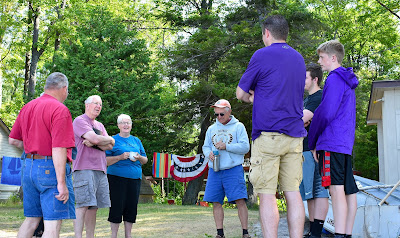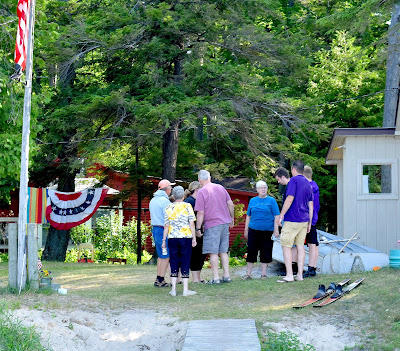“Gratitude is not only the greatest of virtues but the parent of all others.” Cicero
 |
Develop Awareness of Gratitude and Thoutfulness |
Teaching children to be appreciative of others is an important goal. However, helping children learn to value the attention and gifts from others is a big task. It takes time and effort. To develop this awareness families can lead by being good models : saying thank you and writing thank you notes in front of them.
Encouraging “Thanks”
As our children’s first teachers, families can encourage children to foster a sense of gratitude and to practice the art of being aware of the feelings of others.
Learning to be appreciative, to say “thank you”, “ I’m sorry “, or to give a compliment, can develop naturally over time as young children listen to the conversations of others. By making the effort to explain why you are saying these things and by coaching kids to remember to respond politely, you are helping foster awareness of feelings and a habit of kindness.
Practicing “Thanks”
 |
| Sending Postcards are Easy and Fun! |
Writing “Thanks”
As Albert Schweitzer says, “At times, our own light goes out and is rekindled by a spark from another person. Each of us has cause to think with deep gratitude of those who have lighted the flame within us.”
While a verbal “thank you” or “please” is a good first step, many parents, friends or relatives are happy to receive a little card or note from a child. All you need are paper, crayons or markers, and an envelope. Or, postcards are really easy to write and fun to sent!
 |
| Reading List for Appreciation and Feelings |
Some books about feelings, being thankful, and how can we help others to feel appreciated and happy include: “Lots of Feelings” by Shelley Rotner, “Feelings” by Aliki, and ” The Thankful Book” by Todd Parr.
For more see grandparentsteachtoo.blogspot.com; wnmufm.org/Learning Through the Seasons live and pod casts; Pinterest, Facebook, You Tube since 2009
Photos: Fran Darling, fdarling fotos

























